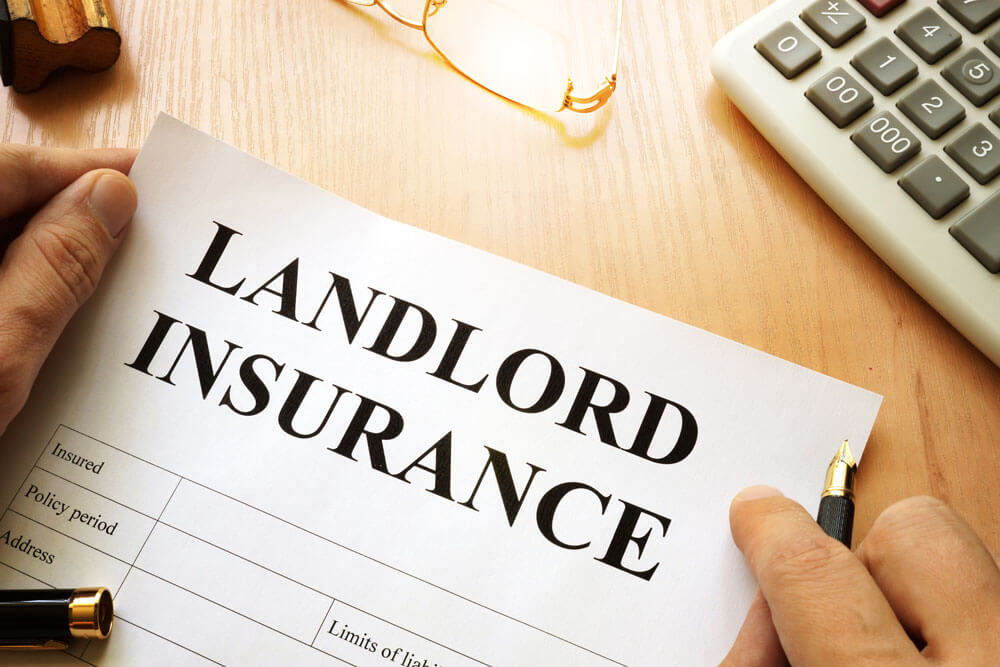How to Save Money on Landlord Insurance
May 4, 2022
Purchasing a rental property comes with its fair share of risks. One may hope their current homeowners’ insurance policy will also cover their rental; however, this isn’t the case. You see, rental properties have their own unique risks that a homeowners’ insurance policy won’t cover. Therefore, to protect yourself and your property, you’ll need to purchase landlord insurance.
In this article, we’ll discuss landlord insurance in-depth, as well as ways to save money on your policy. Let’s begin.
Types of Landlord Insurance
When you opt for landlord insurance, you’ll have to choose between three different policies. The coverage and cost will vary depending on the policy you choose.
1. Dwelling Policy 1
This is often regarded as one of the cheapest policies, which in turn offers limited coverage. So, if a certain peril isn’t listed in your policy it won’t be covered.
2. Dwelling Policy 2
This policy is much more expensive and offers greater functionality. However, like dwelling policy one, you must list the perils you want covered. So, if damage occurs, you’ll be compensated for the replacement value of that item if it’s included in the policy.
3. Dwelling Policy 3
Dwelling policy three is the most expensive option for landlord insurance. Whether a peril is listed in the policy or not, it’ll be covered.
This option will give you peace of mind knowing all the possible risks are covered.
Landlord Insurance Average Cost
Research indicates that landlord insurance typically costs 25% more than homeowners’ insurance. For example, if your homeowners’ insurance costs $2,200 a year then your landlord insurance would be $550 more to insure the same property.
Of course, many things affect the cost of your landlord insurance, such as your location.
Let’s take a look at some landlord insurance costs by state:
- Colorado: $4,230
- Delaware: $980
- Idaho: $1,320
- Kansas: $3,270
- Maine: $1,230
- Oklahoma: $4,150
- Pennsylvania: $1,120
- Tennessee: $3,790
- Texas: $3,190
- Vermont: $1,030
How to Save Money on Landlord Insurance
Several factors are taken into account during the gathering documentation stage.
Some of the notable examples include:
- The location of your rental property
- How old the property is
- The square footage of the property
- Crime in the area
- Your claims history
- Possibly your credit score (depending on the state you live in)
The following tips mentioned below can help you save money on your landlord insurance:
· Maintain Your Property
The first thing that you need to do is ensure that the space is properly maintained. A property that’s taken care of will result in less claims filed on your part. Insurance companies like to see this because it shows that you take property ownership seriously.
· Increase Your Deductible
By increasing your deductible, your rates will go down. However, by doing this you’re agreeing to pay more upfront in the event of a claim, so make sure you have enough cash set aside.
· Monitor Your Property’s Value
Property value can fluctuate easily. So, if yours increases substantially then you may need to adjust your dwelling coverage. The last thing you want is finding out you’re underinsured when it comes time to file a claim.
Talk with your insurance provider to understand the difference between actual cash value and replacement cost value.
· Put Safety First
Another way to save money on your landlord insurance is by installing safety features throughout your property. This can include security systems, motion lights, cameras, smoke detectors, and so on.
Some insurance companies will over you a two to five percent discount.
